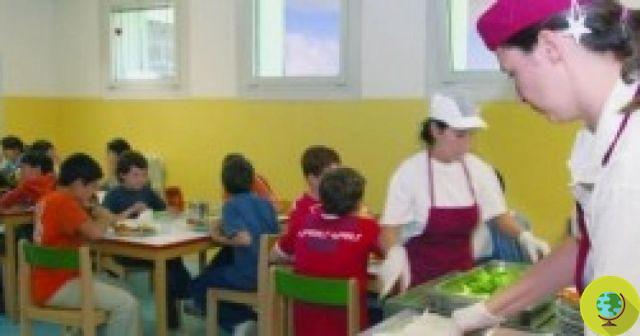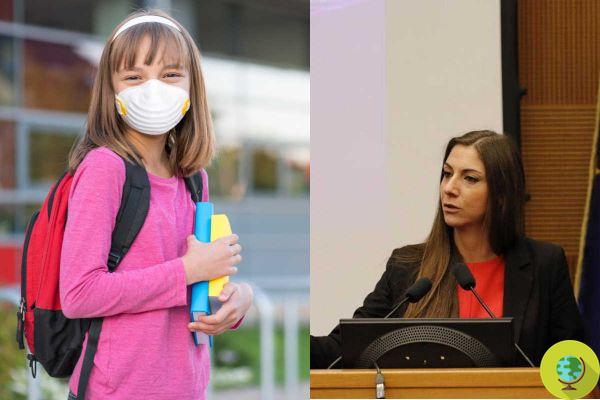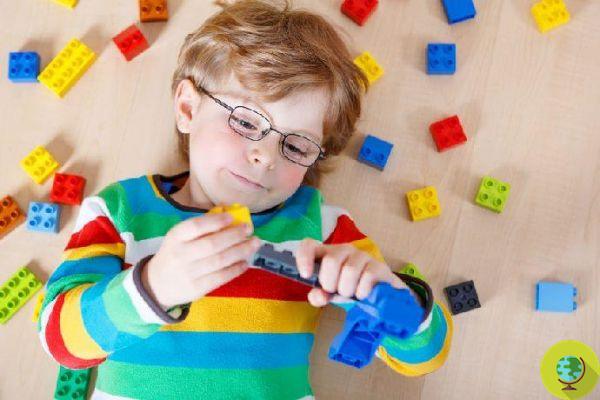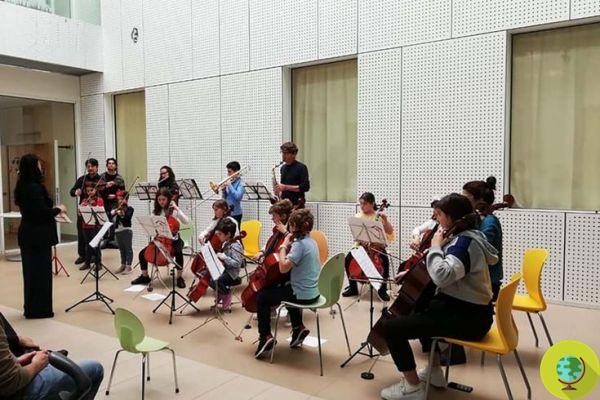Finland, which is considered the country with the best education in the world, is transforming the architecture of its schools with the belief that a new division and management of spaces can be very useful in increasing pupil participation and improving learning.
Don't store avocado like this: it's dangerousLa Finland, which is considered the country with the best education in the world, is transforming the architecture of its schools with the belief that a new division and management of spaces can be very useful in increasing pupil participation and improving learning.
The teachers and the educational method they follow are undoubtedly the pillars of a good education. Finnish children start full school education at the age of 7, have shorter courses, longer holidays, very few homework and up to a certain age not even exams.
But how important are spaces in an educational context? Much! The Finns seem to have understood this too and in the newly built schools the classic walls are replaced by structures made of glass or other materials with the aim of creating multiple spaces to be managed according to the needs.
The revolution of environments in the Finnish school includes “open-plan” spaces, that is, open floors that can favor maximum versatility in use. The open plan is based on the creation of flexible and editable study areas. There are no longer any differences between corridors and classrooms and therefore traditional closed classrooms are not built. These have in fact been transformed into large spaces connected to each other by glass walls and mobile partitions.
In this way teachers and students can choose the most suitable space to carry out a work or a project depending on whether it is single or group.
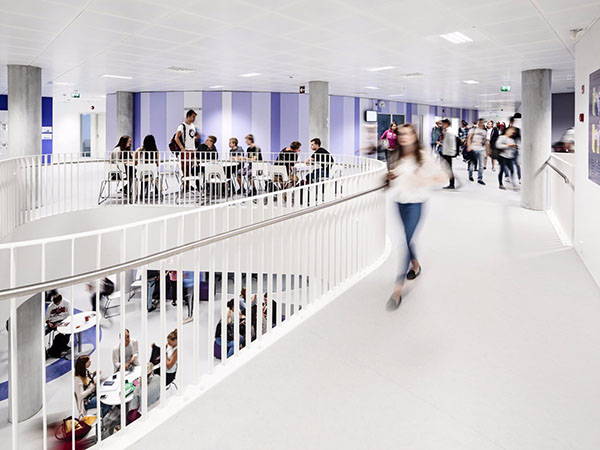
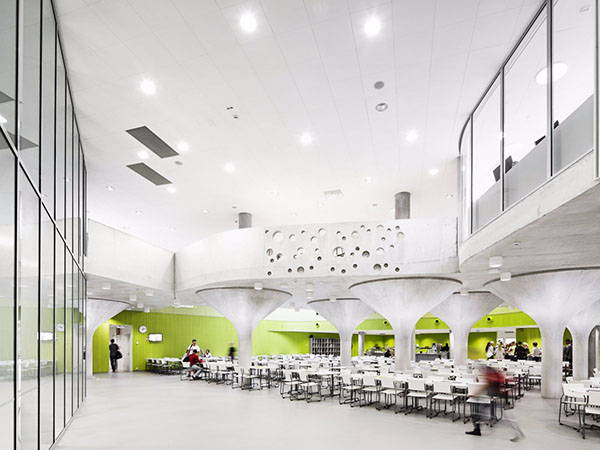
The furniture is adjustable and includes sofas and armchairs. Obviously not even the shadow of school desks!
"Children have different ways of learning and the versatile spaces allow for different teams to be formed, based on how children learn, prefer to work and spend their time studying," Reino Tapaninen, chief architect of the National Agency for Education, told the BBC. 'instruction.
However, the main challenges of open spaces are noise and light, both of which must be taken into account to create an environment that favors learning. It was then thought, for example, to put rugs on the floor to avoid the noises caused by the movement of furniture and chairs but also of people walking on foot (in reality the students use soft shoes only for internal use).
Security is also taken very seriously. In this sense, various measures have been taken: each school is required to have its own plan based on risk analysis and in which simulations are provided at the beginning of each course.
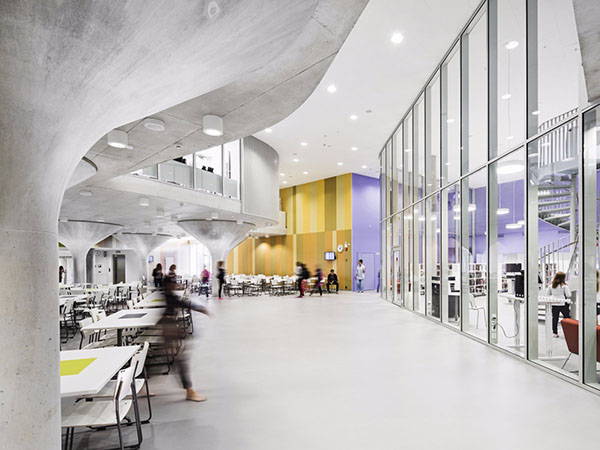
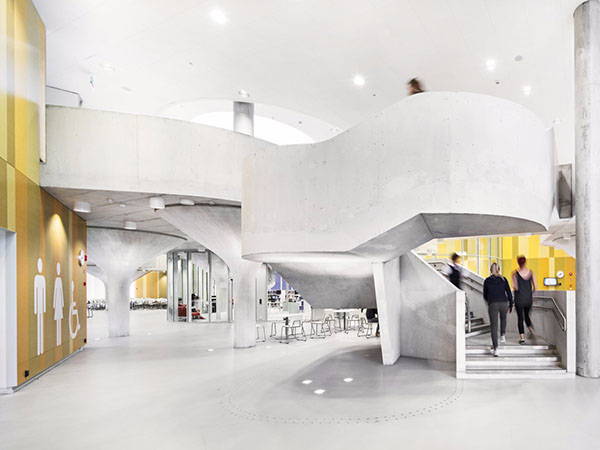
The concept of open space
The concept of "open-plan" must be understood in a broad sense, not only architectural and logistic therefore but also pedagogical. Open space in the strict sense, stressed Tapaninen, should also be understood as a "state of mind" that favors greater openness on the part of students and allows them to take active responsibility for their own learning, also encouraging them to increase self-regulation. One of the fundamental objectives of the Finnish school "revolution" is precisely to increase pupil participation.
The idea of open design is not entirely new in Finland. The first schools developed with this principle date back to the 60s and 70s, in which case the great outdoors were separated by thin walls and curtains. At that time, however, the educational methods did not go hand in hand with the environments and therefore within a decade they returned to a more classical school architecture.
Now, however, the modification of spaces is part of a larger educational and school reform project aimed at improving student learning. This is why the existing structures are gradually being restructured in this sense.
Nothing to say: Finland is definitely ahead!
Photo: pattern
Read also:
- FINLAND THE BEST SCHOOL IN THE WORLD, WHERE CHILDREN LEARN NATURE AND FREEDOM (PHOTO)
- THE SCHOOL OF FINLAND THAT SAID GOODBYE TO THE SUBJECTS
- SO FINLAND STOPPED BULLYING IN SCHOOLS (VIDEO)













